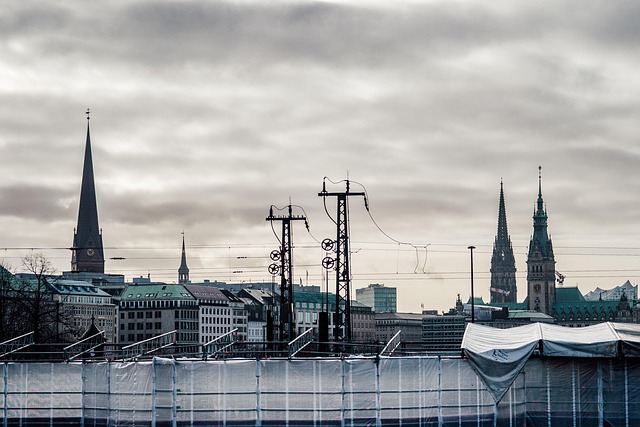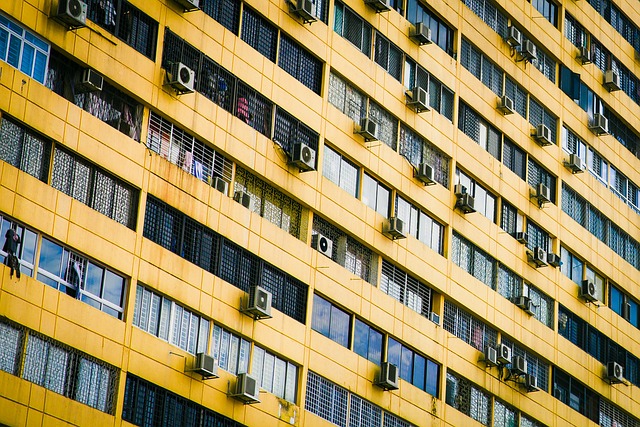The real estate sector plays a pivotal role in community development, with responsible gentrification driving positive change through improved infrastructure, housing, and quality of life. Developers can create vibrant communities by integrating public art, green spaces, and distinctive architecture, fostering social cohesion. Success lies in enhancing local amenities, security, and waste management, appealing to diverse demographics with high-quality services like top schools and healthcare. This collective effort boosts neighborhood desirability, economic growth, and property values, ultimately transforming previously overlooked areas into desirable destinations.
In today’s competitive landscape, vibrant communities are fueled by enhanced services and strategic real estate development. This article explores how improved amenities and well-planned real estate initiatives can revolutionize neighborhood dynamics. We delve into the pivotal role of real estate in community growth, strategies for enhancing services, and the measurable impact on residents’ quality of life. Discover how these elements intertwine to create thriving, connected communities.
The Role of Real Estate in Community Development

The real estate sector plays a pivotal role in community development, acting as a catalyst for vibrant and thriving neighborhoods. Improved infrastructure and aesthetically pleasing properties can significantly enhance a community’s appeal, attracting residents and businesses alike. When areas undergo gentrification through strategic real estate investments, it often leads to a domino effect of positive changes. New developments bring updated amenities, better access to quality housing, and an overall improved standard of living for existing inhabitants.
Additionally, real estate developers can contribute to community vibrancy by incorporating local culture and design elements into their projects. Incorporating public art, green spaces, and unique architectural features not only adds beauty but also creates a sense of place and belonging among residents. Such initiatives foster social connections, encourage community engagement, and ultimately strengthen the overall fabric of the neighborhood.
Enhancing Services for a Vibrant Neighborhood

In the realm of real estate, it’s not just buildings and properties that attract buyers or tenants; it’s the overall experience and quality of life a community offers. Enhancing services within a neighborhood can significantly boost its vibrancy. This includes a range from improving local amenities like parks, libraries, and recreational centers to enhancing security measures and efficient waste management systems. A well-maintained and safe environment encourages residents to engage more actively in community events, fostering social connections and a stronger sense of belonging.
Moreover, high-quality services such as excellent schools, healthcare facilities, and accessible public transportation contribute to the overall appeal of a neighborhood. These amenities cater to diverse needs, making the area more desirable for families, professionals, and retirees alike. In turn, increased foot traffic and a thriving local economy result from these enhanced services, creating a vibrant atmosphere that is attractive to visitors and potential residents, thereby reinforcing the community’s positive image and desirability in the real estate market.
Measuring the Impact: How Better Services Boost Community Life

Enhanced community vibrancy often translates to improved quality of life for residents, which is a key factor in real estate value and market appeal. When local services are upgraded and better tailored to community needs, it creates a ripple effect throughout the area. Better access to high-quality healthcare, education, recreational facilities, and public transportation can attract new businesses and investments, fostering economic growth and a thriving atmosphere.
This positive feedback loop is evident in successful revitalization projects where improved services have led to increased social engagement, stronger neighborhood bonds, and a greater sense of belonging. As a result, areas once considered overlooked or underdeveloped can transform into desirable destinations, boosting property values and creating a prosperous cycle for both residents and investors alike.






